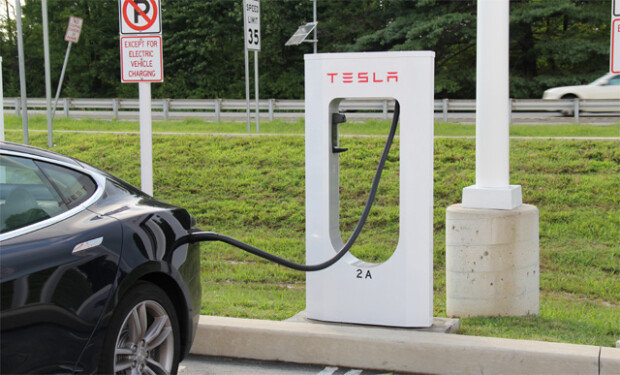Environmental risk that e-vehicles lithium ion batteries pose
Environmental risk that e-vehicles lithium ion batteries pose
Posted November. 08, 2019 07:37,
Updated November. 08, 2019 07:37

This year’s Nobel Prize in chemistry went to three professors – John Goodenough, Stanley Whittingham, and Akira Yoshino – for their endeavor to develop the lithium ion battery, a vital component of cell phones, laptops, and electric vehicles. Thirty years after Professor Yoshino developed the world’s first commercialized lithium ion battery in 1985, their achievements have been recognized with the advent of the era of electric vehicles.
The life span of large-sized lithium ion batteries in an electric vehicle is known to last five to 10 years, depending on the manufacturer standards and the conditions of use. When the capacity of the battery falls below 70%, it shortens the car’s mileage, impeding its overall driving performance. The same principle applies to the cell phone, whose battery capacity deteriorates dramatically after two years of usage.
The problem is that the large-sized batteries used in electric vehicles become industrial waste in three or four years. The Nature published a review on Thursday where it stressed the importance of research effort on reusing and recycling lithium ion batteries, warning of their causing serious environmental degradations. In three or four years, when the introduction of Tesla’s Model S will have marked a 10-year anniversary, scientists and industry experts would find themselves hard-pressed to find a solution to discarding exhausted lithium ion batteries.
The Korea Energy Economics Institute (KEEI) predicts that by 2029, the number of used lithium ion batteries from electric vehicles will reach around 80,000 in South Korea alone. The methods of discarding used batteries are categorized in two: reuse or recycle. Reusing is to put the used battery in another device without disassembling or dismantling it. Examples of such devices include the energy storage system (ESS), which requires lower levels of power output.
“It is necessary to standardize the battery packs, modules, and cells produced by various manufacturers, and a research effort is vital to automate the dismantling and separating processes,” explained Kim Nam-hyung, a post-doctoral researcher at UNIST. “Even if the batteries are fully exhausted, we can retrieve expensive components from them through recycling process, and this will help lower the cost of battery production.”
reborn@donga.com







